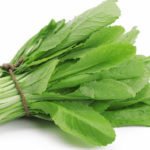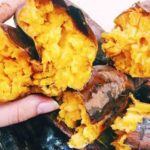Vietnam started as an agricultural country and went through a long period of poverty. At that time, people only had wild vegetables to eat, and they used vegetables that were easy to grow and had high survival rates. That is the reason why we only had wild vegetables, sweet potatoes, and various wild vegetables to fight against hunger. Later on, as the economy developed, people started to dislike those vegetables and instead focused on imported vegetables and new varieties that were considered more elegant, forgetting about the cheap vegetables. Consequently, the price of those vegetables dropped even further. However, surprisingly, the cheapest vegetables in Vietnamese markets such as ceylon spinach, watercress, chayote squash, sweet potatoes, amaranth, and pennywort, are actually scientifically proven to be nutritious and popular worldwide, known as longevity vegetables.
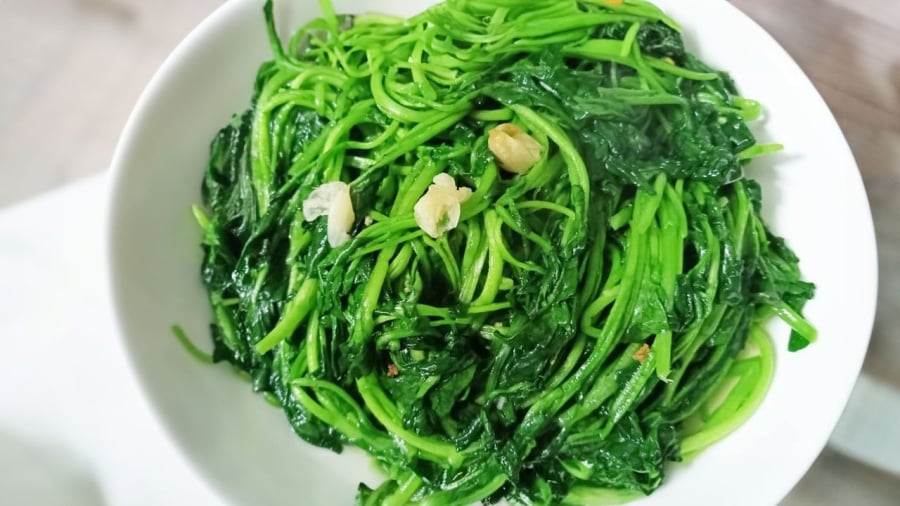
Cheap vegetables are the best in the world
The price of vegetables in Vietnam follows a pattern: the more popular a vegetable, the more expensive it is. Vegetables that require more care, pesticides, and fertilizer are also more expensive. However, it does not necessarily mean that expensive vegetables are more nutritious and better (although they may taste better and be more popular).
Surprisingly, the cheapest vegetables in Vietnamese markets such as ceylon spinach, watercress, chayote squash, sweet potatoes, amaranth, and pennywort are scientifically analyzed to contain many beneficial components and are favored by the world, known as longevity vegetables.
Therefore, pay attention to these cheap vegetables and remember to buy them when you come across them:
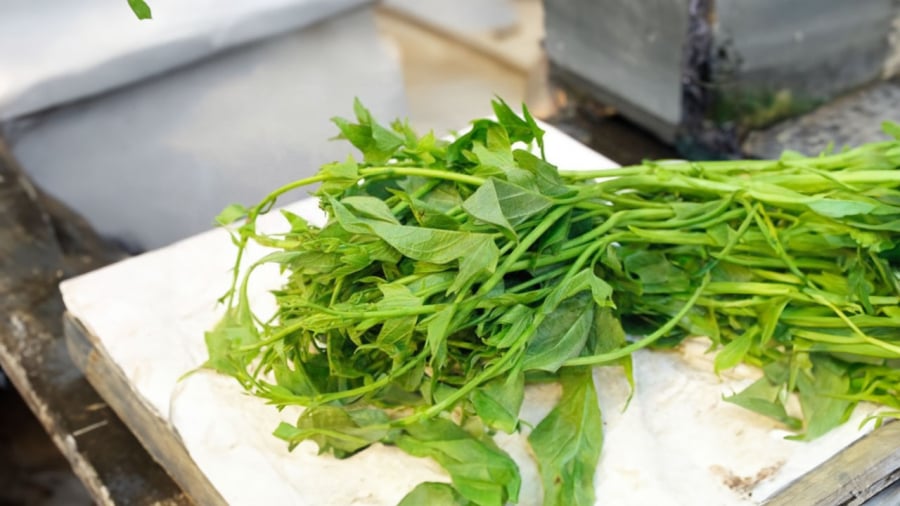
Sweet potatoes
In the past, sweet potatoes were mainly used as food for pigs due to their bitter taste and quick spoilage.
Currently, sweet potatoes are not harvested for their roots but for their leaves, which are less bitter. However, they are still cheaper compared to water spinach, chinese cabbage, turnips, jicama, etc. Nevertheless, sweet potatoes are truly a good medicine and a vegetable that the Japanese highly praise as a longevity vegetable.
Sweet potatoes are cheap because they grow quickly without much care and are not easily infested with pests. Hence, they are sold at a low price. According to traditional medicine, sweet potatoes have a balanced and nutritious effect, improve vision, and contain typical nutrients, such as 22kcal of energy, 91.8g of water, 2.6g of protein, 2.8g of starch, 11mg of vitamin C, 900mg of vitamin B, and minerals such as 48mg of calcium, 54mg of phosphorus, and 2.7mg of iron, making sweet potatoes particularly beneficial for health in terms of nutritional content and chemical safety. Sweet potatoes are called longevity vegetables by the Japanese. This vegetable is considered a vitamin treasure because the amount of vitamin B2 in sweet potatoes is 10 times higher than that in sweet potato roots.
Sweet potatoes help combat constipation, cleanse the body, and detoxify the intestines. Sweet potatoes are also rich in vitamin K, which helps reduce the risk of colon cancer, prostate cancer, nasal cancer, mouth cancer, gastric cancer, and cardiovascular diseases. In addition, studies have shown that liver cancer patients can improve liver function by consuming sufficient vitamin K each day. Therefore, eating sweet potatoes is not only cheap but also good for your health.
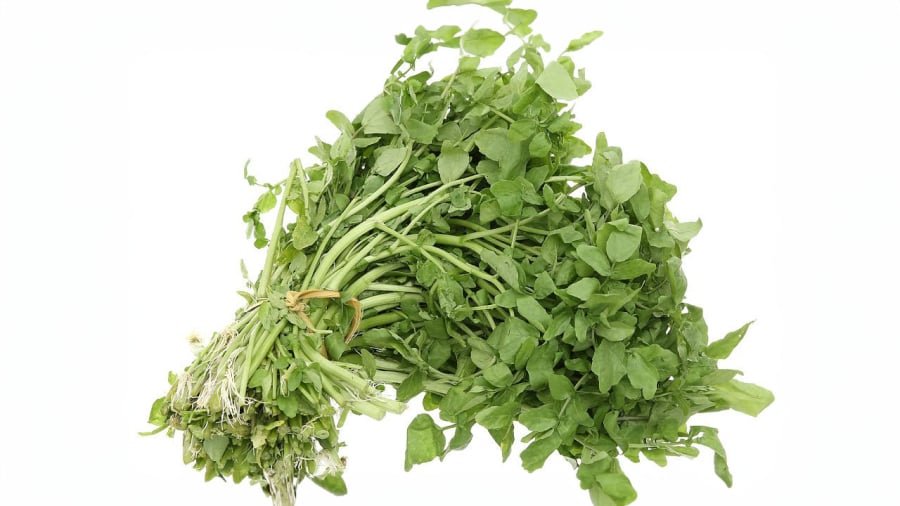
Watercress
Watercress used to be considered a wild vegetable because it grew abundantly by the edge of ditches, spreading rapidly. Nowadays, it is grown in flooded fields. Watercress is called the number one vegetable in the world by the United States. Watercress is believed to support cancer prevention, improve cardiovascular health, and prevent osteoporosis. It is also known to thrive in winter waterlogged areas. Regular consumption of watercress has been shown to aid in the prevention of breast cancer and other types of cancer according to a publication in The British Journal of Nutrition. Furthermore, watercress contains high levels of vitamin C, which enhances its anti-cancer effects.
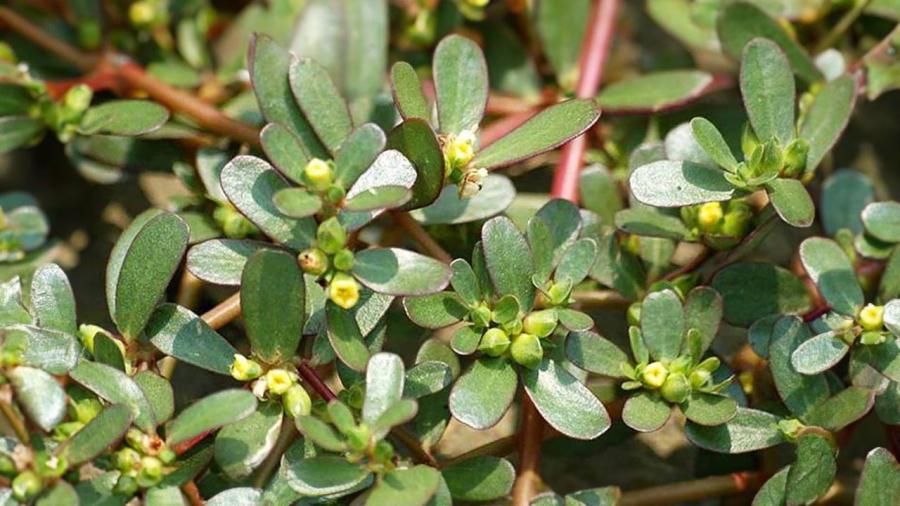
Amaranth
Amaranth leaves and stems are also tender and watery, making them a popular wild vegetable in many countries. Amaranth has a sour taste and is used to cook cooling soups. Nowadays, amaranth is being cultivated for sale. Amaranth has natural antibiotic properties that protect fish from diseases, so it doesn’t require pesticides. Amaranth thrives in moist soil, so it is sold at a low price. Amaranth is effective in treating diarrhea and helps heal skin infections.
Amaranth can be used in soups, juice, drinks, and salads.
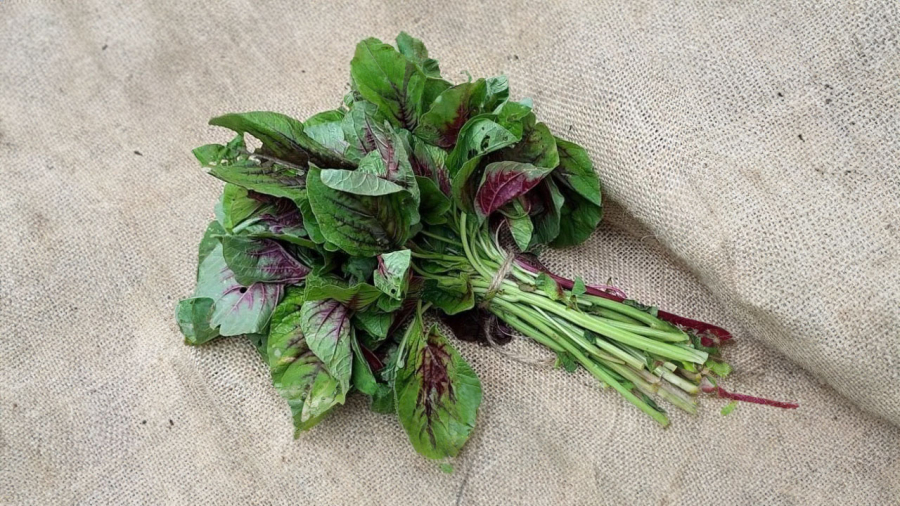
Pennywort
Pennywort is also very cheap in the market but is extremely good due to its high iron content. There are different types of pennywort, such as pennywort for rice toppings or wild pennywort, which are both cheap and delicious. Pennywort is a natural iron treasure and is rich in antioxidants. Pennywort helps support blood circulation, improve cardiovascular function, and promote good digestion. It contains an amino acid called lysine and minerals such as potassium, phosphorus, magnesium, and iron, as well as vitamin C and E, which prevent the formation of free radicals that cause aging and cancer formation.
These above-mentioned vegetables are very cheap compared to other vegetables, and they are safe to eat without chemicals while still being nutritious. You should actively seek out these vegetables.

























